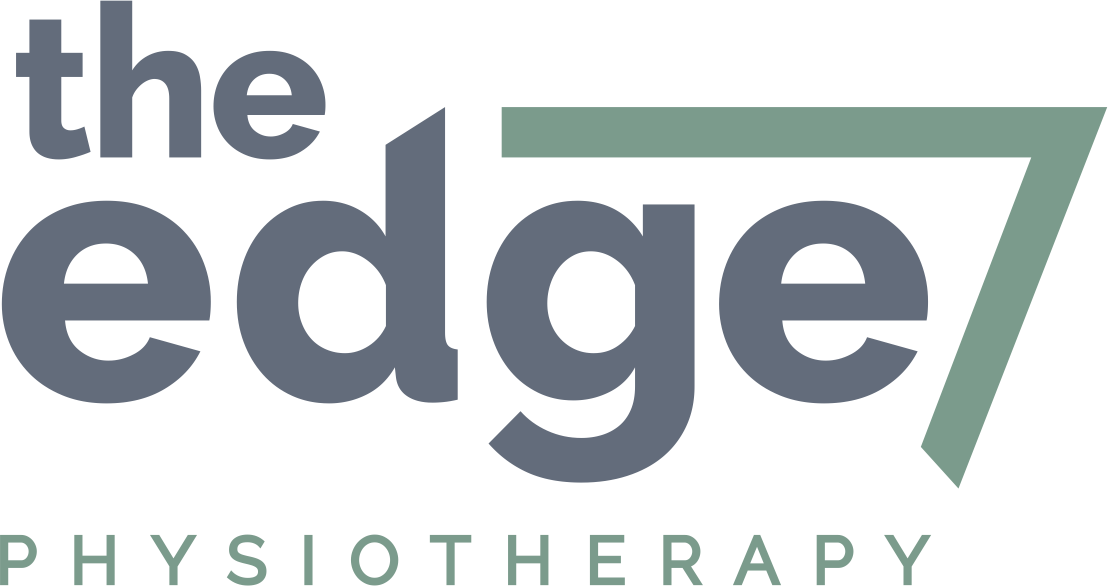Bunions
What is it?
Bunions, or hallux valgus, is the most common foot deformity you’ll come across, both in the dance community and the general population. The statistics are 23% of adults 18-65yrs of age and 37.5% of adults 65yrs>. Most commonly seen in women and the elderly. It occurs when the big toe (1st Metatarsal) begins to drift away from the other toes and angles towards the foot. It is a progressive condition, meaning it gets worse with time, and is often associated with a family history.
How does it present?
What we often see with bunions is functional disability, for example inability to perform without a biomechanical adjustment usually further up the leg which can result in hip and knee pain, pain in the foot and reduced capacity to engage in high load bearing activities, such as pointe work which is 10x your body weight!.
It will present as a painful boney lump at the base of the big toe which can at times become red and swollen. The big toe gets stiff and working onto demi pointe will become challenging.
Why does it happen?
The major factors that contribute to people developing bunions comes down to genetics (so a family history), rolling in with turnout, excessive weight bearing over the 1st metatarsal with any derierre positions, and pointe shoes/shoes that don’t fit correctly, particularly if the box is low and tight at the 1st joint.
Treatment
The good news is there is plenty that you can do to prevent them from developing. In the clinic, I will often see patients at either end of the spectrum. Initially with a dance assessment, I can see a patient has a deviation already but they haven’t started on pointe, or when it is particularly sore and they are already experiencing dysfunction. As mentioned above, turnout control and neutral foot alignment is crucial in managing bunions. In addition, I will often use rigid taping to help teach the patient what it feels likes to have the big toe in a straight position, and also to start training the muscles that keep the toe in alignment I will continue taping while it’s indicated alongside engaging in corrective strength work with the patient, and some manual therapy at the midfoot, ankle and big toe joint. If the toe is very irritable, I will also tape with some padding which can really help to calm down the red and swollen joint. Sometimes orthotics are indicated but this is a case by case basis, and ultimately, doesn’t help when you are on pointe.
If you have any questions regarding this post including statistics, or for more about the topic in general, touch base with me via our social media platforms, Facebook and Instagram, or you can book an appointment with me by contacting the clinic directly.
Sam (Dance Physiotherapist)

